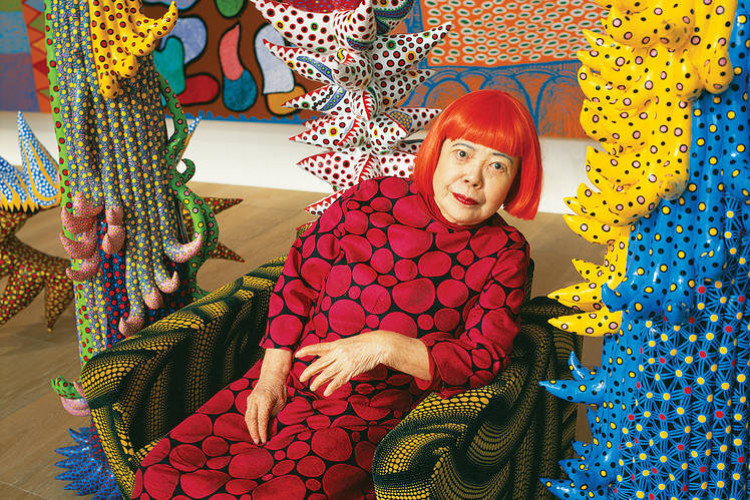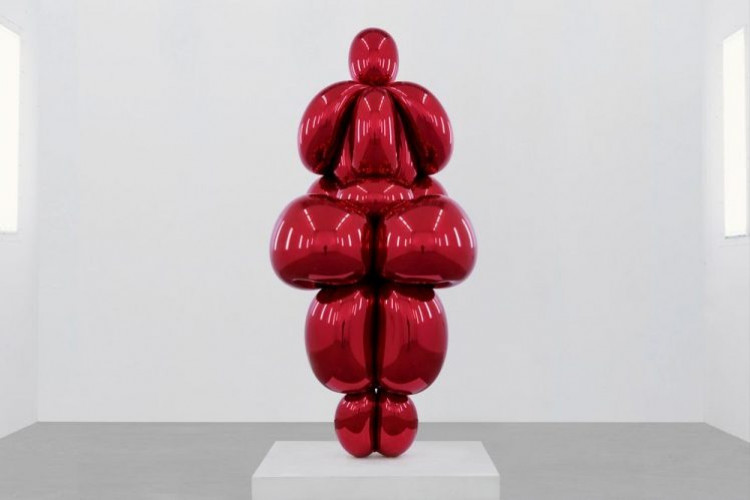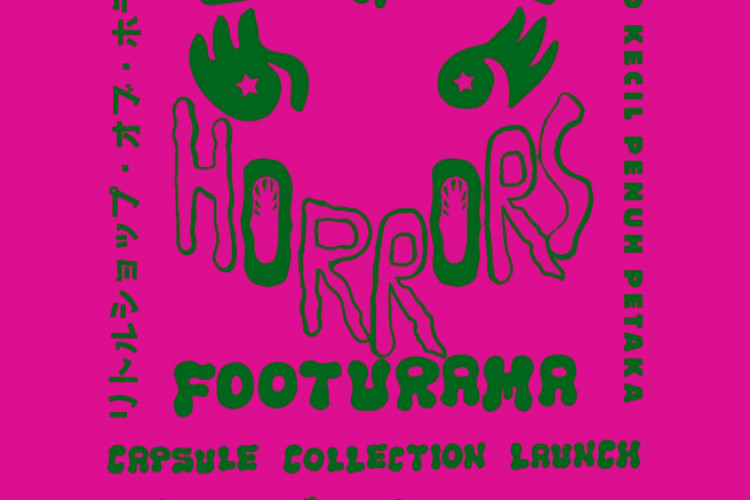
















To talk about the contemporary art scene in Indonesia, especially Jakarta, it’s hard not to think of Ruang Rupa’s name. Not only is it one of the most active art collectives in the city, their footprints are all over the city’s contemporary creative scene. Using their own approach, Ruang Rupa helped shape the identity of Jakarta’s contemporary art world. Ruang rupa’s modest approach revamped the Jakarta’s creative society, making it more accessible to the public through their programs. Every artist and works that have emerged from the collective retain that characteristic. And when we reached a state where art became an essential part of everyday life, Ruang Rupa’s modest approach fitted perfectly to the moment.
Having worked with Ruang Rupa for a few project in the past years, Scottish curator Charles Esche decided to invite the Jakarta collective to participate in the 31st Biennale of Sao Paolo, the second oldest biennale after Venice. The biennale was titled, “How to Talk about Things That Don’t Exist”, a proposition that projected to question the concept of “form” in contemporary art nowadays.
Luis Terepins, President of the Bienal de São Paulo Foundation stated, “We should think of the title of the 31st Bienal de São Paulo as a contemporary dilemma: how do we live in a world that is in a permanent state of transformation, in which the old forms – of work, of behaviour, of art – no longer fit and the new forms have yet to be clearly outlined? By choosing this curatorial project, the Biennale makes room for a fresh view of its building and its history, with a proposal that leaves the modernist heritage on the sidelines in favour of new approaches and considerations.”
In an interview with studiointernational.com, Charles Esche explained that the recent trend in Biennales was to compete with each other in making a ‘show’ using contemporary art, the museum simply a space to display aesthetically pleasing artwork. For the 31st Biennale of Sao Paolo, he tries to make a real contemporary show, one where the audience’s experience will reverberate outside of the biennale. With this vision in mind, it seems that inviting Ruang Rupa to participate in the Biennale was a spot on decision.
“We felt like we finally had the chance to execute one of our ideas. We actually had planned to execute this idea in previous biennales, but the space was not available and another stuff. In Sao Paolo, we finally had the requirements to execute this idea”, Ade Darmawan of Ruang Rupa explains. The project utilizes the space to “build” a temporal branch of Ruang Rupa inside the museum. A translation of Ruang Rupa’s 2011 anniversary project titled, “Siasat”. There’s no finished or established work of art, Ruang Rupa’s piece on this biennale is a replica of their headquarters, recreating every room inside the museum. They even recreated their coffee outlet “Kopi Paste” with clay roof-tile.
Furthermore, this temporal branch of Ruang Rupa also simulates Ruang Rupa Jakarta’s activities. Every room resembles the function of the original room they were modeled after, including a space for an exhibition, a theatre room, a “Rurushop Radio” tent broadcasting the programs of Ruang Rupa radio, as well as a karaoke machine operated by the one and only, Oomleo. And just like what they have done in the Jakarta, Ruang Rupa invited public to visit, interact, be involved and collaborate on this project.
What makes this project more interesting is the fact that this Biennale located in the Biennal Pavillon, Av. Pedro Álvares Cabral, Ibirapuera Park. As a part of Ibirapuera Park, this building is one of Sao Paolo’s landmarks. Designed by Oscar Niemeyer, a world class architect that also work for United Nations Headquarters in New York City, it’s one of the largest city parks in South America. And on this very event, Ruang Rupa encourage people to play around inside this revered building. On the set of this project, the public was asked to respond to the piece by making doodles on the museum’s wall, or to sing their lungs out in the karaoke room.
“The response from the public was astonishing. Most of them were really excited to get involved with our piece, they are thrilled to finally have the opportunity to doodle and even, scream inside one of the most important buildings in Brazil. Mostly because of the exclusivity of the building – usually Biennales are always related to formal protocols with high profiled artists, where there are restrictions for the public to make a contact with the art piece itself. This Biennale, especially our piece, is an exception to that” Farid Rakun, one of the Ruang Rupa team explains.
It is safe to say that Ruang Rupa’s contribution successfully demystified the Biennale. Though there will always be people who question the reasons behind this new approach, the majority of the public feels that it’s a good improvement. Some said gratefully that they finally had this kind of experience during the Biennale. To the Sao Paolo art scene, this kind of approach also offers a lot of insights. In the city, as well as the country, art is still a commodity for certain classes, and the government also shares this perspective. With the domination of elite-modern art and its commercialization in the cities, this biennale and Ruang Rupa’s project brings out a whole new perspective to the art society of Sao Paolo.
Reza Afisina, a part of the second group that went to Sao Paolo said, “We intentionally invited the public to take no distance from our project, we want our piece to be unexclusive. We engaged with the public from the start, where we collaborated with young local artists, we even did a project with the security team. We asked the public to mess around with our room, more than that, we encouraged them to make programs/workshops inside our platform”.
There’s also a factor about the similarity between Jakarta and Sao Paolo. Both cities are located in third world countries, and thus making the relation between the public, the art scene and Ruang Rupa naturally grow. Ruang Rupa’s low key attitude and sense of humor fit perfectly with the laid back vibe of Brazil.
And the impact is already visible the day the first group left the country. The visitor’s doodles filled the allocated space, and the enthusiasm also arrived at a specific emotional state. During a visit from a local visually impaired group, one of them brought to tears after visiting Ruang Rupa’s project. He felt moved when he finally had the chance to make a “real” tactile contact with the art piece, something that has never happened in the past.
The 31st Sao Paolo Biennale is scheduled to occupy the museum until the December 2014. And until then, Ruang Rupa will send a different team to catch up and update their project. Every team sent have their own character, and each of the team will share their personality with the project and the public. Making the Ruang Rupa project dynamic, every month the form of the project will evolve to a different structure. The shape of the project at the opening will be completely different to how it will appear by the time the Biennale ends.
Aside from the networking, the final output of this project is to compile the interactions gathered from the biennale and make a book out of it. To make a mapping about what happens in the Sao Paolo, also to capture Sao Paolo’s society, particularly in the art scene. And to have art and cultural exchanges between Jakarta and Sao Paolo.
“We actually still can’t predict what the final output of this project will be, but as far as we are concerned, our main goal is to preserve the energy that is cultivated through this event. And this is in accordance with the curatorial referral, where they hope that there will be trace of the biennale even when the event is already done”, Farid closes.











